Filippo Brunelleschi was an Italian architect, sculptor, and jeweler. Also, the first architect of the Renaissance, he formulated the principles of linear perspective, which applied to the pictorial depiction of space until the end of the 19th century.
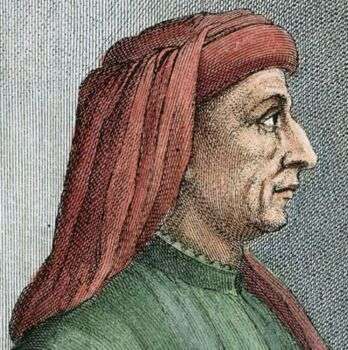
Image source: https://search.creativecommons.org/photos/22845e77-abd6-4409-891d-d592f22a0984 by Aislesalvotimeingh
About His Life
Brunelleschi was born in Florence in 1377 to the family of a noble notary and was the second of three sons. He originally studied to be a goldsmith and sculptor, at Arte della Seta. Yet, it is unclear how he became an architect. Also, Brunelleschi’s transition from the Gothic medieval style to the new architectural Renaissance style remains a mystery. Furthermore, he created military fortifications in several Italian cities. Additionally, Brunelleschi died in Florence on April 15, 1446, and his body rests at the Cathedral of Santa Maria del Fiore.
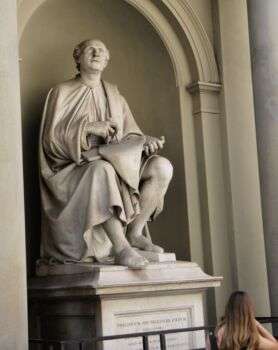
Image source: https://search.creativecommons.org/photos/ff791fc0-b1d1-4c5c-89d3-dceaaa66eb50 by edenpictures
Brunelleschi’s Dome
His most important project was the dome that encloses the Cathedral of Florence (Santa Maria del Fiore), which is also known as the “Brunelleschi’s Dome.” At the time Brunelleschi created the piece, it was the largest dome in the world that stands without supporting structures. Its stability is provided by the architectural elements of the cathedral. The dome is a masterpiece of beauty and engineering, an innovative structure for its time, and in many ways it is unmatched. Moreover, the cathedral finished and became consecrated in 1436. However, the top of the drum remained unfinished after Brunelleschi’s death.
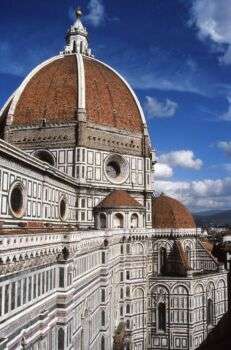
Image source: https://search.creativecommons.org/photos/ab4f4854-4f8e-4857-8379-8fd2d2b05459 by roy.luck
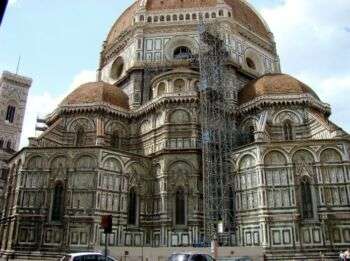
Image source: https://search.creativecommons.org/photos/b4fbd6b7-cee5-41b5-b7d1-c392590b32a8 by DrBob317
His other major architectural work is the Hospital of the Innocents, also known as the Foundling Hospital. The Innocent façade was a new concept in Florentine architecture, distinctly different from medieval buildings.
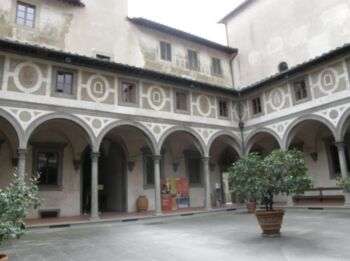
Image source: https://search.creativecommons.org/photos/4ccce36b-1bf0-4fe6-9173-0ec24995bf49 by Simone Ramella
Many of the structures built by Brunneleschi are key early Renaissance structures. By commission of the Medici family in 1420, the architect built the sacristy of San Lorenzo and the Basilica of San Lorenzo in Florence. Additionally, he created the Pazzi Chapel, commissioned by the Pazzi family in 1429, the Santa Maria degli Angeli, and the Church of Santo Spirito, which begun in 1436.
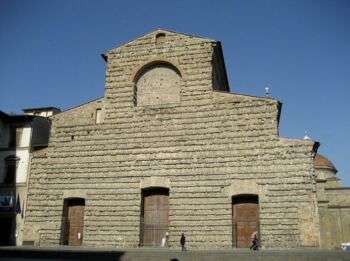
Image source: https://search.creativecommons.org/photos/b9250ce0-a893-4c83-886f-79a4232d713a by Metadata Deluxe
As a jeweler, in 1401, he fought to make bronze reliefs for the gates of the Baptistery of Florence. In addition, he made a gilded bronze panel that depicted the sacrifice of Isaac. However, the committee chose the panel by Lorenzo Gilberti for a more personal and elegant depiction of the Biblical scene.
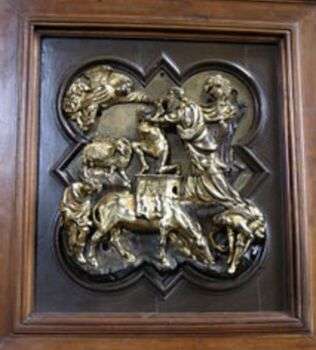
Image source: https://search.creativecommons.org/photos/0bc4296e-1dfc-4a61-b890-f7fb6ce2345e by The Consortium
Features of Brunelleschi’s Style
His architectural style is a very sophisticated classicism, which gained inspiration from the 12th century Tuscan Romanesque or Proto-Renaissance style, as well as ancient Roman architecture. In regard to all Classic Style orders, he preferred the Corinthian Order and decorative elements of his architecture, carved in a very clear style.
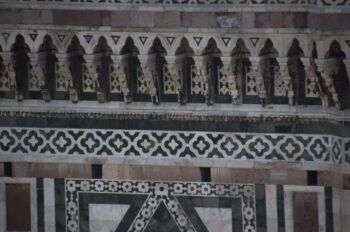
Image source: https://search.creativecommons.org/photos/a0ed52dd-a5a6-4c0f-ad06-d3b9a8f337c6 by George M. Groutas
The Importance of Brunelleschi’s Studies
Filippo Brunelleschi “rediscovered” the principles of linear perspective. Based on these principles, he drew or painted with a single vanishing point to which all the lines on the same plane converge. Thus, objects appear smaller as they are placed further in the distance. Additionally, later this was documented by the architect and writer Leon Battista Alberti at De Pitura in 1435, and then Florentine painters and sculptors became obsessed with it.
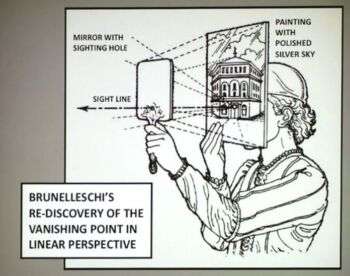
Image source: https://search.creativecommons.org/photos/4309b460-36f9-4ba4-b899-484c80aadb8d by Cea.
Info sources:
https://www.biography.com https://www.florenceinferno.com https://www.britannica.com/biography/Filippo-Brunelleschi https://www.geni.com http://www.encyclopedia.com https://www.britannica.com

Comments are closed.